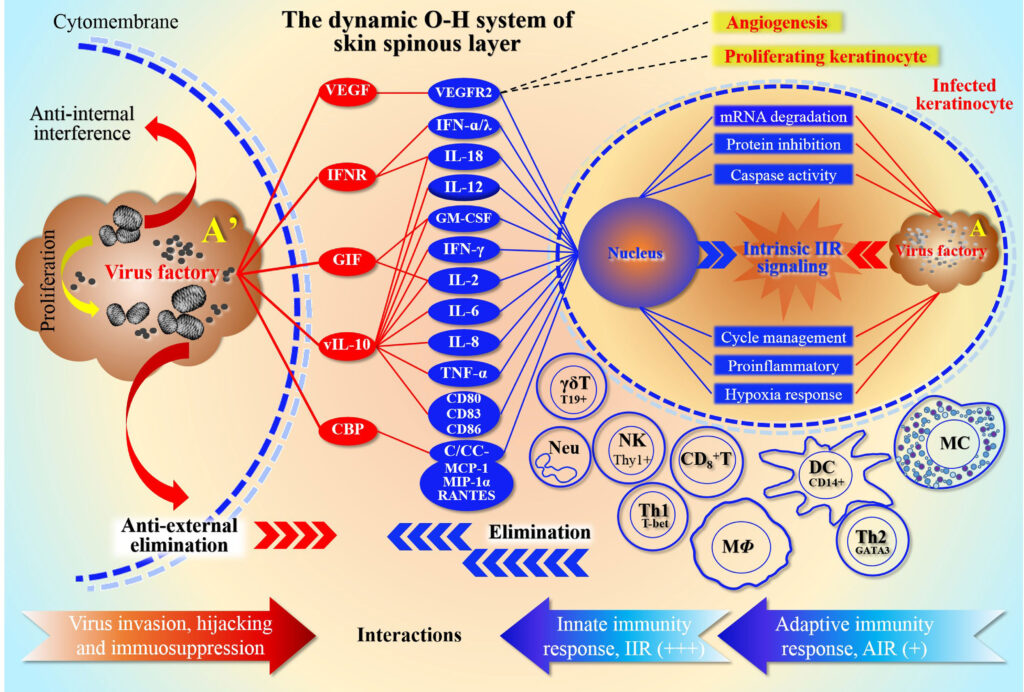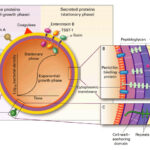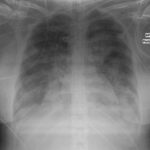Staphylococcus aureus, particularly methicillin-resistant Staphylococcus aureus (MRSA), is a leading cause of skin and skin structure infections (SSSIs), encompassing cellulitis, abscesses, wound infections, and impetigo. The increasing prevalence of multidrug-resistant (MDR) strains demands innovative therapeutic approaches beyond monotherapy.

Antibiotic Resistance and the Challenge of Monotherapy
The treatment of SSSIs is complicated by the growing resistance of S. aureus to β-lactams, macrolides, and fluoroquinolones. MRSA strains possess the mecA gene, rendering many first-line agents ineffective. Empirical monotherapy with agents like vancomycin often leads to suboptimal outcomes due to bacteriostatic effects and the presence of biofilm.
The Role of Synergistic Antibiotic Combinations
Synergy occurs when the combined effect of two or more antibiotics exceeds the sum of their individual effects. This interaction can reduce bacterial load more effectively, prevent resistance emergence, and enhance biofilm penetration.
Mechanisms of Synergy
- Cell wall disruption + protein synthesis inhibition: β-lactams weaken the cell wall, enhancing the uptake of agents like rifampin or aminoglycosides.
- Membrane targeting + DNA synthesis inhibition: Daptomycin facilitates increased intracellular concentration of levofloxacin.
- Sequential enzyme targeting: TMP-SMX targets successive steps in the folate synthesis pathway.
Common Synergistic Combinations for SSSI
Vancomycin + Ceftaroline
This combination has shown synergistic activity against both MSSA and MRSA by increasing cell wall binding and lowering MIC values. Ceftaroline enhances vancomycin access to PBP2a, the MRSA resistance determinant.
Daptomycin + β-Lactams
In cases of persistent MRSA bacteremia with skin involvement, combining daptomycin with β-lactams (e.g., cefazolin, oxacillin) augments membrane disruption, overcoming the daptomycin tolerance seen in vancomycin-intermediate S. aureus (VISA).
Linezolid + Rifampin
Linezolid inhibits 50S ribosomal subunits, while rifampin targets RNA polymerase. Together, they exhibit superior intracellular and biofilm-related activity, ideal for device-related skin infections.
TMP-SMX + Clindamycin
This dual therapy targets different mechanisms in protein and folate metabolism and is effective against CA-MRSA isolates in skin infections where oral regimens are needed.
Clinical Evidence Supporting Synergy
- In vitro studies show reduced MICs and bactericidal synergy with combinations like vancomycin/ceftaroline and daptomycin/β-lactams.
- Randomized trials have demonstrated faster clinical resolution of abscesses and decreased recurrence with combination therapy.
- Meta-analyses suggest improved survival and faster wound healing in severe or complicated SSSI when synergy-based regimens are used.
Resistance Prevention Through Combination Therapy
Synergistic regimens reduce selective pressure on bacterial populations, limiting the emergence of resistant mutants. This is particularly relevant for agents like rifampin, where monotherapy rapidly leads to resistance.
Personalized Synergy Testing and Therapy Selection
Advanced diagnostics such as checkerboard assays and time-kill studies are employed in hospital microbiology labs to assess patient-specific synergy. These results inform tailored therapy, especially in high-risk or treatment-refractory SSSI.
Considerations in Clinical Practice
Benefits
- Enhanced efficacy in deep or necrotizing infections
- Reduced duration of therapy
- Decreased need for surgical intervention
Risks
- Increased toxicity (e.g., nephrotoxicity with vancomycin + aminoglycosides)
- Drug-drug interactions
- Higher costs of combination regimens
Future Directions in SSSI Synergy Research
- Artificial intelligence and machine learning are being integrated into predictive synergy modeling.
- Novel agents like lipoglycopeptides (dalbavancin, oritavancin) show promising synergy when paired with conventional antibiotics.
- Nanocarrier systems are under investigation to deliver synergistic drug combinations directly to infection sites.
Synergistic antibiotic therapy represents a powerful strategy to combat Staphylococcus aureus-related skin and soft tissue infections. As resistance rates climb and clinical challenges grow, the targeted use of drug combinations offers a path forward to more effective, durable, and individualized care.

